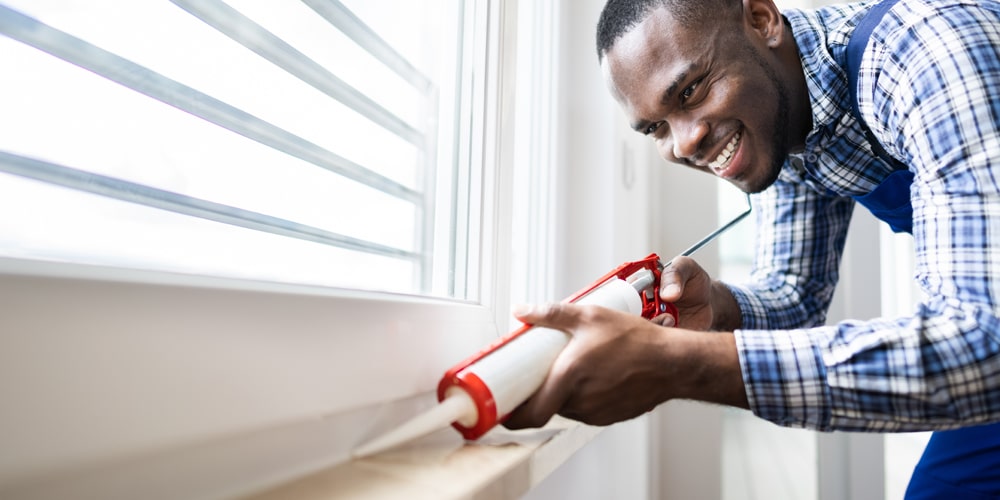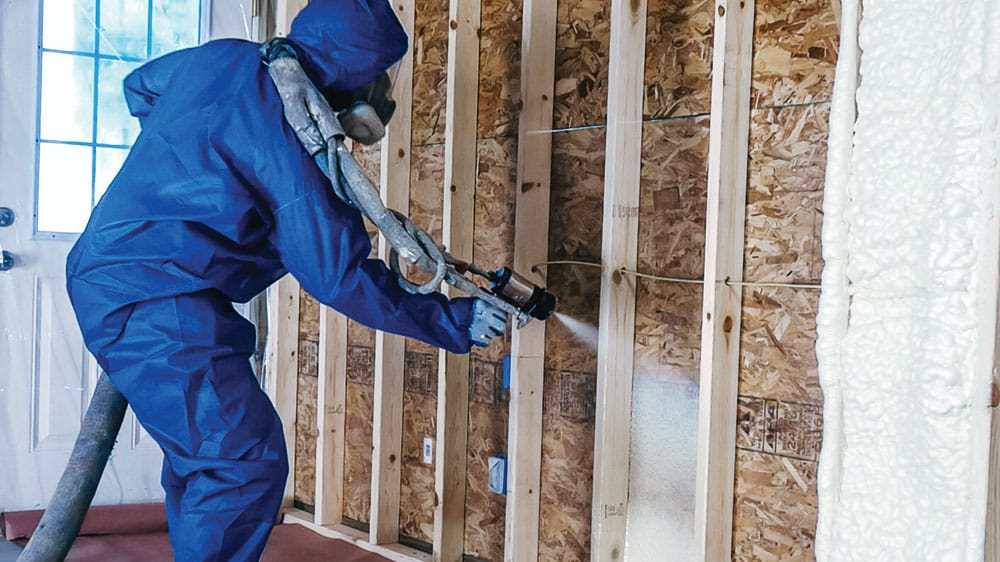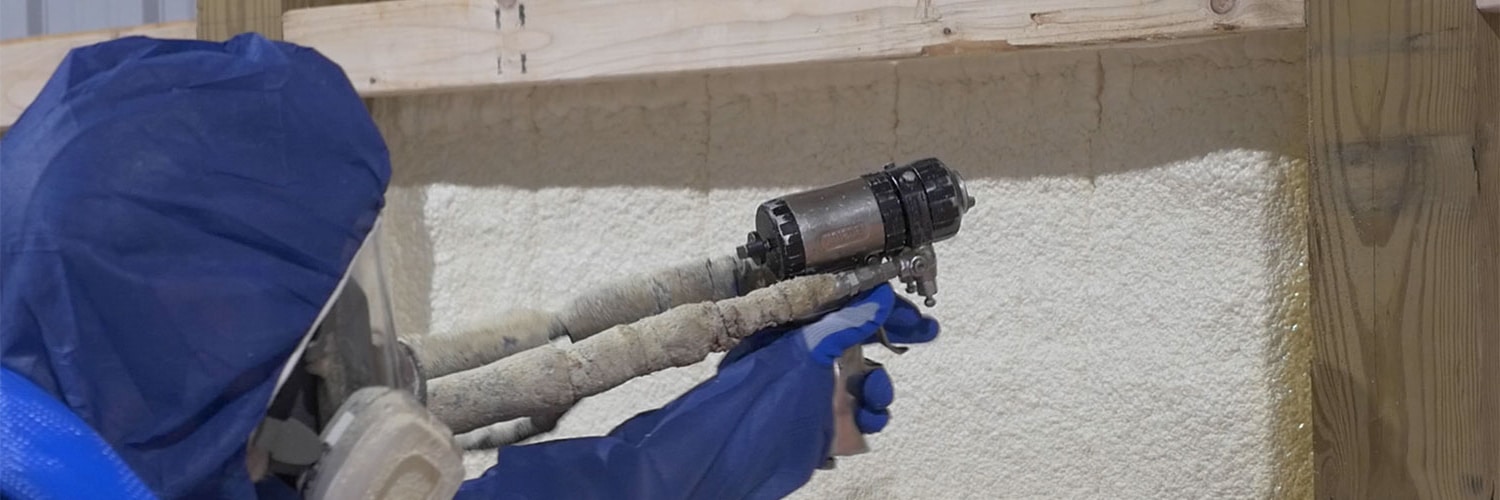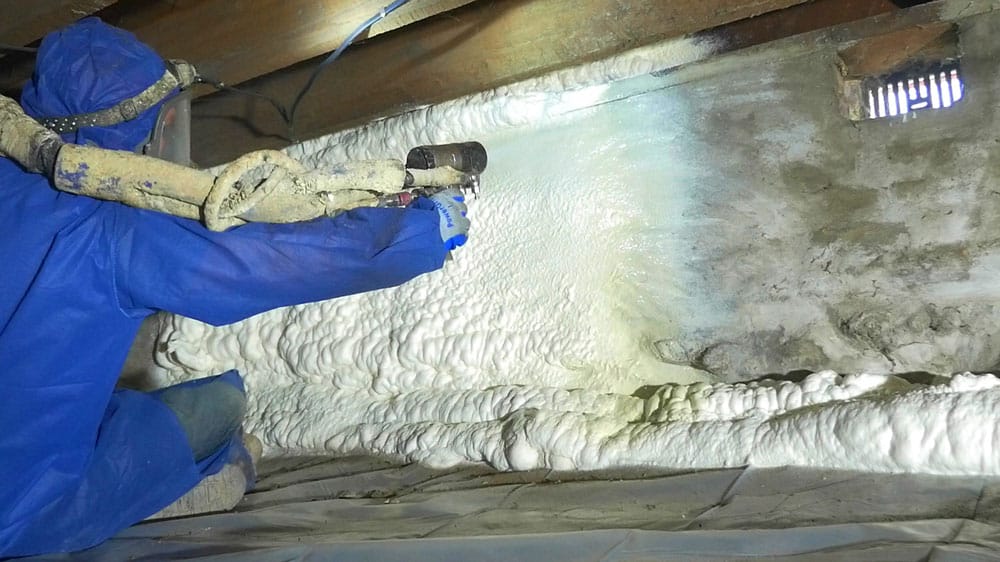Are you tired of constantly battling an uncomfortable home?
Don’t worry, you’re not alone.
If your home feels uncomfortable, several possible things could be to blame. Some culprits include your HVAC system or your home’s poorly insulated.
Let’s dive into the underlying home comfort problems you are experiencing and explore how you can transform your house into a cozy retreat.
Drafts: Cold, Uncomfortable, and Annoying
Drafts are a common home comfort problem reported by many homeowners.
Imagine this scenario – you’re sitting comfortably in your favorite chair when suddenly, a mysterious gust of wind brushes against your feet in the den or any other room. What could be causing this?
Well, there’s likely airflow seeping in from the outside, finding its way through your walls, often near windows or outlets. This unwelcome intrusion of outside air can create the sensation of a gust of wind inside your home.
We frequently hear about this problem and understand its impact on your comfort. Therefore, if you’re experiencing drafts, checking around your windows, outlets, and baseboards on the outside walls is crucial – these are the usual suspects.
Drafts can make your home uncomfortably chilly and disrupt your overall comfort. Taking control of your home environment and addressing drafts promptly will create a much more enjoyable living space.
Cold Floors, Walls, and Surfaces
It’s important to be mindful of cold surfaces in your home.
Whether it’s the chilly floor requiring thick socks or slippers to walk on comfortably or the icy walls that give you a freezing cold sensation when touched, these surfaces can make your living space incredibly uncomfortable.
Consistently encountering cold surfaces on walls, floors, or countertops clearly indicates underlying home comfort problems that need attention.
HVAC Issues and Home Comfort
You can’t win for losing when it comes to your home’s comfort.
It’s either way too hot or way too cold, and maintaining a constant temperature just isn’t attainable at this time. You’ve tried all the tricks, from having multiple fans throughout the house to putting ice in front of them to cool off.
If your air conditioner can’t keep up, then your house is going to be hot. Not only that, but heat rises, so your second-floor and attic space become places you avoid during the hot summer months.
If your home is always cold, the furnace is going to run constantly to make sure the house isn’t more like a meat locker.
If you’re dealing with even one of these issues, you’re probably wondering what you’ll have to do to fix it. Luckily, we have the answer.
8 Things to Do When Your House is Too Hot or Too Cold
There are some things you can do that will make your home much more comfortable.
#1 – Get a New Furnace Filter
If your furnace isn’t running efficiently, it surely isn’t keeping your home warm when the outside temperature drops.
Making sure to change your furnace filter every three months will ensure it keeps working the way you want it to. This will also keep it from working overtime to maintain the temperature you want.
#2 – Get New Windows
Leaky windows aren’t doing you any favors in the comfort and energy efficiency department.
Switching out to windows that are energy efficient can help to make your home more comfortable as they don’t allow for that same air leakage.
#3 – Seal Around Windows and Doors
Speaking of leaky windows, sealing around the windows and doors of your home can really help.
Any little bit of air leakage you can stop will help make your home comfortable. This is a quick fix you can do yourself, depending on your home improvement expertise.
#4 – Find Other Air Leaks and Seal Them Up
There are some other spots around your home where outside air is getting in.
Air sealing leaks around plumbing, ductwork, outlets, and where electrical wires come through the walls, floors, and ceiling can help prevent air leakage. Another great spot to stop air leakage is to make sure the flue in your chimney is tightly closed when not in use.
#5 – Have the HVAC Checked for Imbalance
You can have your HVAC contractor come out to make sure your system isn’t imbalanced.
This imbalance can make certain rooms in your home more uncomfortable than others. Another thing to consider is the size of your HVAC system. If the system isn’t big enough, it can’t keep up, so your home will be uncomfortable.
#6 – Regular Maintenance of Your Air Conditioner
Much like your furnace, if your AC unit isn’t running efficiently, it can’t do its job.
It’s recommended to change out the filter on an AC unit every three months. If this isn’t done, it leads to poor airflow and a less comfortable home.
#7 – Make Sure Your Vents and Ducts are Clean
Airflow can really impact the comfort of your home.
It goes right back to the efficiency of your HVAC system. If your ducts and vents aren’t clean, then you aren’t getting good airflow from the unit. Poor airflow leads to discomfort.
#8 – Add Insulation to Your Home
If you have little to no insulation in your home, the above steps are only going to get you so far.
Buying insulation for your home isn’t something you do all the time, so make sure you choose the material that best fits your needs.
Fixing Home Comfort Problems with Foam Insulation
Uncomfortable rooms, annoying drafts, and cold surfaces are problems we hear about daily from homeowners.
At RetroFoam of Pittsburgh, we offer an innovative approach to insulating existing walls with foam insulation that can often be done in just a day or two without a complete remodel.
By choosing RetroFoam insulation, you can address common home comfort problems and enhance the energy efficiency of your house. Foam insulation works by sealing off gaps and preventing drafts, making your home warmer in the winter and cooler in the summer. This leads to a more consistent indoor temperature and reduces the strain on your HVAC system, ultimately lowering your energy bills.
Moreover, foam insulation can help improve indoor air quality by reducing the infiltration of outdoor pollutants and allergens. This creates a healthier living environment for you and your family.
Hopefully, these tips and tricks will help you regain control of your home’s comfort. If you’d like to learn more about how foam insulation can benefit your home, check out the Learning Center on our website.







